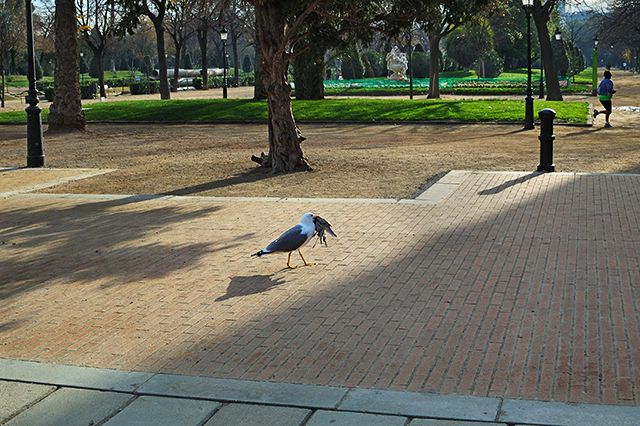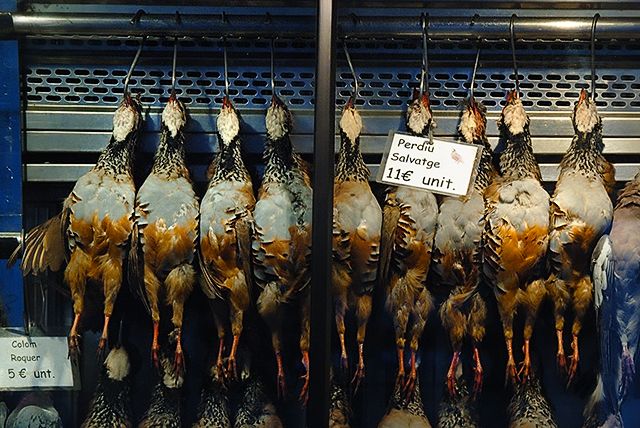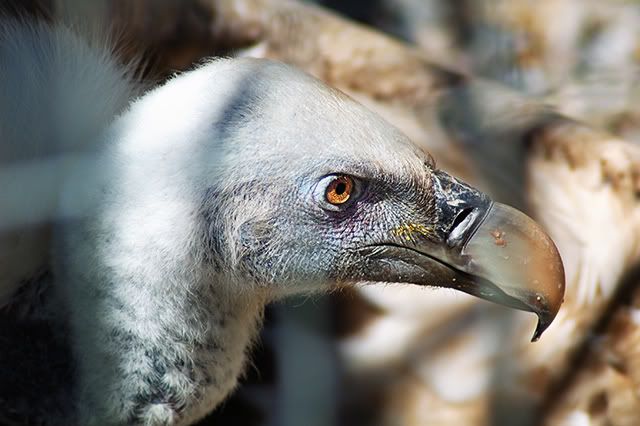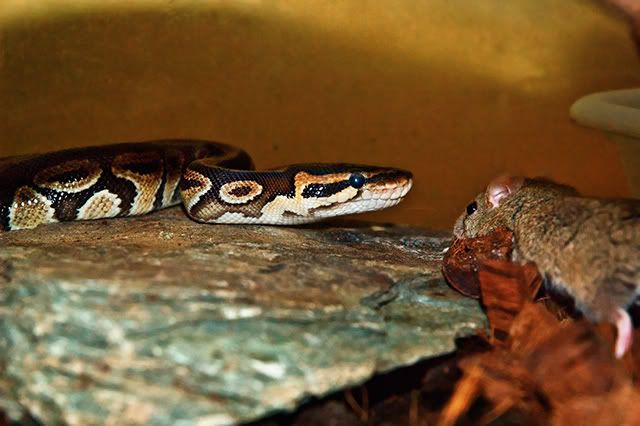
The name Gallo (rooster) is also given to other species of fish in Spanish that are different in appearance and have different scientific names such as Lepidorhombus wiffiagonis aka Megrim.
This is not an ichthyology treaty so just concentrate on the fresh appearance and the fact that you can buy some at La Boqueria market in Barcelona or maybe other fish posted in Barcelona Photoblog recently.
Update 2023: Due to the huge popularity of the original post (for reasons still unknown to me) the frustrated scientist in me (who dreamed of being a marine biologist) has decided to abound in the topic and do some justice to the beauty of a John Dory or Gallo fish.
The Zeus Faber: A Remarkable Species with Many Common Names
The Zeus Faber, also known as the John Dory, is a unique and iconic fish species found in the coastal waters of the eastern Atlantic Ocean and the Mediterranean and Black Seas. As a fan of marine biology and ichthyology, the study of fish, I am fascinated by this distinctive fish and its many common names across languages.
In English, the Zeus Faber goes by several colorful names, including John Dory, St. Peter's fish, and dory. The name John Dory is thought to be a corruption of the French jaune doré, meaning golden yellow, referring to the striking yellow and black patterning on the fish's body. St. Peter's fish comes from the myth that the dark spot on the fish's flank is the thumbprint of St. Peter, left there when he removed a coin from the mouth of a fish.
In Spanish, this fish is known by two main names: gallo and pez de San Pedro. Gallo means rooster in Spanish, an apt description of the Zeus Faber with its tall dorsal fin resembling a rooster's comb. Pez de San Pedro mirrors the English St. Peter's fish, referencing the biblical apostle.
In Catalan, Zeus Faber is called Gall de Sant Pere or Gall or Sant Pere. Gall means rooster, like the Spanish gallo. Sant Pere means St. Peter.
It is fascinating how the common names in English, Spanish, and Catalan all draw comparisons to a rooster's comb or reference St. Peter. These creative names speak to the Zeus Faber's distinctive appearance and religious legends surrounding the species. However, it is important to note that gallo in Spanish refers to a different fish species in some regions.
Taxonomy and Classification
From a taxonomic perspective, the Zeus Faber belongs to the family Zeidae under the scientific order Pleuronectiformes. As a flatfish, it is closely related to other dorsally-asymmetrical fish like sole, flounder, plaice, and halibut. Its genus name Zeus derives from the Greek god, while its species name Faber comes from the Latin word for craftsman.
The Zeidae family contains just one other species - Zeus gurnardus, or the gurnard John Dory. The John Dory is larger in size and has a deeper body than the gurnard John Dory. Both species are found in the Mediterranean and eastern Atlantic.
Key Characteristics
The Zeus Faber exhibits several unique external characteristics that distinguish it from other fish:
- Tall, extended first dorsal fin resembling a rooster's comb
- Distinctive black and yellow color pattern on body
- Large, spiny head
- Small mouth with teeth
- Asymmetrical, flat body shape
- Dark spot on flank thought to be St. Peter's thumbprint
The John Dory can grow up to 60 cm in length and weigh up to 2.3 kg. It has a compressed, oval-shaped body and is broader than it is deep. The eyes are located on the right side of the head, with the left side of the body appearing white or blind. Small, fine teeth line the jaws.
The flank patterning features a golden yellow background with six distinct black vertical bands. Black or blue markings surround the pectoral and caudal fins. The John Dory's scaleless skin is very thin and semi-transparent.
Habitat and Distribution
The Zeus Faber inhabits the coastal waters over sandy, muddy, and rocky seafloors along the eastern Atlantic coast from Norway to South Africa. It is abundant throughout the Mediterranean and found as far east as the Black Sea.
John Dory live mainly at depths between 10 - 250 meters, but occasionally venture to 350 meters deep or come to the surface. They prefer saltwater temperatures between 10 - 20°C. Though mostly solitary, these fish occasionally form small schools around rocky coastal areas or reefs.
Predators and Prey
With its large mouth and sharp teeth, the John Dory is an opportunistic carnivore that feeds on a variety of smaller fish, cephalopods like squid and octopus, and crustaceans. Some key prey items include anchovies, sardines, mackerel, shrimp, and crabs.
Despite being predators themselves, John Dory fall prey to larger carnivorous fish like groupers, larger tuna, barracuda, and sharks. Their camouflage coloration helps them avoid detection from above. John Dory have also been observed following venomous weever fish, likely for protection from predators.
Gallo in Spanish
As mentioned earlier, the name gallo in Spanish also refers to a different species - the whiff, or Lepidorhombus whiffiagonis. The whiff belongs to the same order as the John Dory, Pleuronectiformes, and shares its asymmetrical flat shape. It is found in the northeastern Atlantic and Mediterranean.
Like John Dory, whiff possess camouflaged coloration, although they lack the distinctive patterning. Instead, whiff display sandy brown, yellowish, or reddish hues to blend in with seabeds. They have a slightly oblong, oval profile.
While whiff and John Dory overlap in range, their depth and temperature preferences differ. Whiff stay closer to shore in shallower, warmer waters of 80 - 150 meters depth. The similar body shape and habitat likely accounts for the shared common name of gallo, despite being different species.
Culinary Significance
The Zeus Faber holds an important place in European cuisine and food culture. In England, the John Dory has long been revered as one of the finest eating fish. Due to its notoriously low population numbers, however, it remains an expensive and prized delicacy reserved for gourmet seafood lovers.
Valued for its fine white flesh and subtle flavor, John Dory are often baked, pan-fried, or grilled. Chefs carefully fillet the spiny fish to remove bones and skin. The meat stands up well to a range of sauces and spice rubs.
In Catalonia, John Dory appears in classic seafood stews and rice dishes.
Overfishing Threats
Regrettably, John Dory populations have declined over the last several decades due to overfishing. They are extremely vulnerable to trawl and gillnet fishing methods. Their habitats have also been degraded by destructive bottom trawling practices.
John Dory reproduce slowly, taking 2-3 years to reach sexual maturity. Their low fertility and slow growth mean they are very slow to recover from population declines. For these reasons, sustainability organizations like Seafood Watch recommend avoiding Atlantic-caught John Dory.
However, fisheries in the Mediterranean have made progress with more responsible management. Mediterranean-caught John Dory are a better choice for sustainability. With conscientious consumer demand and smart regulations, we can prevent the loss of this iconic species.
The Zeus Faber remains one of the most unique and cherished fish in the ocean. While many know it as John Dory, St. Peter's fish, or gallo, marine biologists recognize its scientific name that pays homage to both mythology and taxonomy. Safeguarding this species for future generations will require a collective effort between scientists, fisheries managers, chefs, and consumers who appreciate its value. With some care, this fabulous fish can continue thriving for centuries to come.


![Humming Bird Moth Feeding [enlarge]](https://i63.photobucket.com/albums/h135/carloslorenzo/Hummingbird-Moth-.jpg)






![Strong Horse at Tres Tombs Parade, Sant Andreu, Barcelona, Spain [enlarge]](https://i63.photobucket.com/albums/h135/carloslorenzo/StrongHorse_.jpg)
![Horse Closeup At Tres Tombs Parade, Sant Andreu, Barcelona [enlarge]](https://i63.photobucket.com/albums/h135/carloslorenzo/ParadeHorse_.jpg)
![Three Little Pigs [enlarge]](https://i63.photobucket.com/albums/h135/carloslorenzo/ThreeLittlePigs_.jpg)
![Butterfly Shot to Welcome the New Year [enlarge]](https://i63.photobucket.com/albums/h135/carloslorenzo/WhiteButterfly_.jpg)